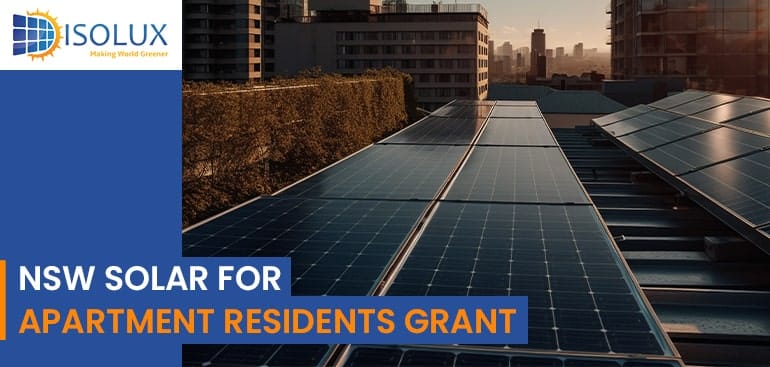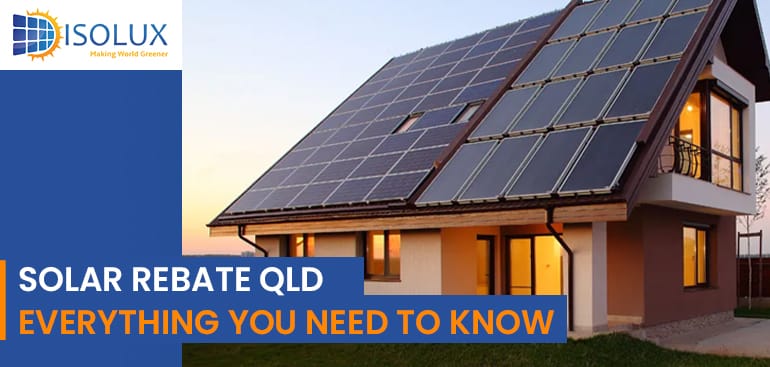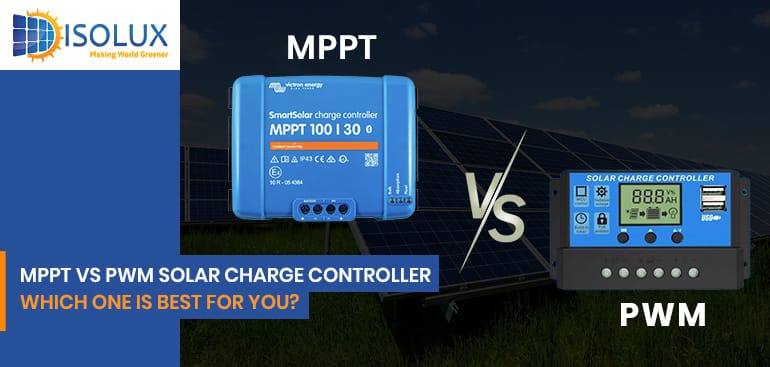Upgrading to an energy-efficient hot water system in New South Wales (NSW) not only reduces energy consumption but also offers financial incentives through various rebates. This comprehensive guide explores the available hot water system rebates in NSW, focusing on heat pump and solar hot water systems, eligibility criteria, and the benefits of making the switch.
When considering a solar energy system for your Australian home or business, selecting the right inverter is crucial. The inverter converts the direct current (DC) produced by solar panels into alternating current (AC), which powers your appliances. The two primary types of inverters are microinverters and string inverters. Each has distinct characteristics that can influence the performance, cost, and scalability of your solar installation.
The shift towards renewable energy is gaining momentum in Australia, and New South Wales (NSW) is leading the way with various solar incentives. For apartment dwellers, accessing solar power has traditionally been challenging. However, the NSW Solar for Apartment Residents Grant is changing that by providing financial assistance to help apartment buildings install solar panels.
To guide Queensland residents on going solar, here’s an in-depth overview of the solar rebates and incentives available in Queensland (QLD), especially for those in Brisbane.
When setting up a solar power system, choosing the right solar charge controller is crucial to optimising performance and efficiency. Two primary types dominate the market: MPPT (Maximum Power Point Tracking) and PWM (Pulse Width Modulation) charge controllers. Understand MPPT vs PWM Solar Charge Controller that can help you make an informed decision, ensuring your solar system operates at peak efficiency.
As solar technology continues to evolve, homeowners and businesses are faced with multiple options when selecting the right solar panels. Two of the most popular choices in Australia are bifacial solar panels and monocrystalline solar panels. But which one is the best for you? Let’s get into bifacial vs Monocrystalline solar panels.
Are you considering installing a 15kW solar system in Sydney? With rising electricity costs and increasing awareness about renewable energy, solar power has become a popular choice for Australian households and businesses. In this guide, we will cover everything you need to know about a 15kW solar system in Sydney, including pricing, output, benefits, and return on investment.
Solar inverters are essential components in photovoltaic (PV) systems, converting the direct current (DC) generated by solar panels into alternating current (AC) suitable for household appliances and grid integration. Understanding the different types of solar inverters is crucial for optimizing system performance and ensuring compatibility with specific installation conditions.
With the growing adoption of solar energy in Australia, choosing the right solar battery is crucial for maximizing energy efficiency and cost savings. Solar batteries store excess solar power for later use, reducing reliance on the grid and enhancing energy independence. Let’s explore different types of solar batteries, their advantages, and which one is best suited for Australian households and businesses.
A 6.6kW solar system is one of the most popular choices for Australian homeowners looking to reduce their electricity bills and harness clean energy. But how many solar panels do you actually need for a 6.6kW system? Let’s get into detailed answer, covering various factors that influence panel requirements, efficiency, and installation considerations.










